When you think of wine country, you probably imagine rolling vineyards, crisp glasses of Chardonnay, and perfectly paired gourmet bites. But behind every unforgettable wine country experience is a story — and Renée ReBell’s story is one of inspiration, resilience, and a passion for bringing people together over food and wine. Renée’s journey to founding Gourmet Food & Wine Tours wasn’t a straight path. It was shaped by personal challenges, a spark of inspiration during a trip to Chicago, and a strong belief in the lore of food and wine. Today, her company offers some of the most sought-after culinary and wine experiences in Sonoma, Napa, and Sausalito (also in the country, as Gourmet Food & Wine Tours has won the US News & World Report’s Best Food Tours for 2025 for Sonoma County! But getting there wasn’t easy.
From Single Mom to Wine Entrepreneur
Renée’s path to creating Gourmet Food & Wine Tours started at a time when she needed more flexibility to raise her children. She had been working at Wine.com in Berkeley for two years, balancing the demands of work and parenting as a single mom, but she knew there had to be a better way to combine her professional expertise with her personal life. "I had four young teenagers, and I wanted to be around more for them," Renée shared. "I knew I needed a career that would give me the flexibility to be there for my family, but also something that I was passionate about." The lightbulb moment came during a trip to Chicago with her daughter. Their good friend took them on a Chicago food tour — and it was a revelation. I thought, ‘Why isn’t anyone doing this in wine country?’" Renée recalled. "Food and wine go hand in hand, but there wasn’t a guided experience that really brought them together." That trip planted the seed for what would become Gourmet Food & Wine Tours. But Renée didn’t stop at just having an idea — she went all in.
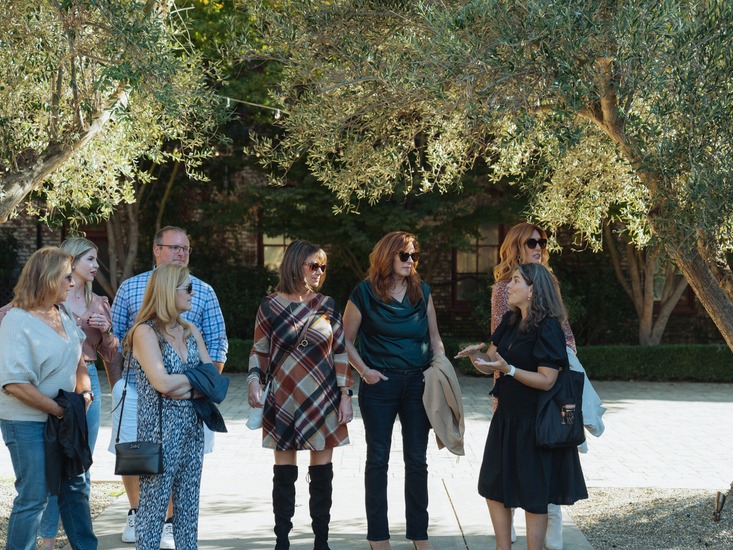
Taking the Leap — and Facing Challenges Head-On
Renée began developing her first tour concept through her meetup, San Francisco Wine Group. Her big break came when the American Heart Association asked her to donate a tour for one of their charity auctions. That event gave her the confidence — and the push — to move forward. But the road wasn’t easy. Just as she was preparing to launch, Renée faced a major health challenge. "I was hospitalized a few weeks before my launch— my doctor warned me not to drive or even stand up if I could help it. But I knew I couldn’t let that stop me," she said. "I had to push through and make this work because there was no other support AND I was just so excited!” By the Summer of 2014, Renée hosted her first tour. It was small — just one person showed up — but it was exactly the starting point she needed. "I figured, if I can balance keeping the restaurant partners and guests happy, I can build from there," Renée said. "That first tour gave me exactly what I needed to keep going.” Sonoma Plaza was an ideal. By August 2014, Renée started to accept bookings every week, launching Gourmet Food & Wine Tours with the help of Groupon. Slowly but surely, word spread — and so did the demand for her expertly curated pairings of local food and wine.
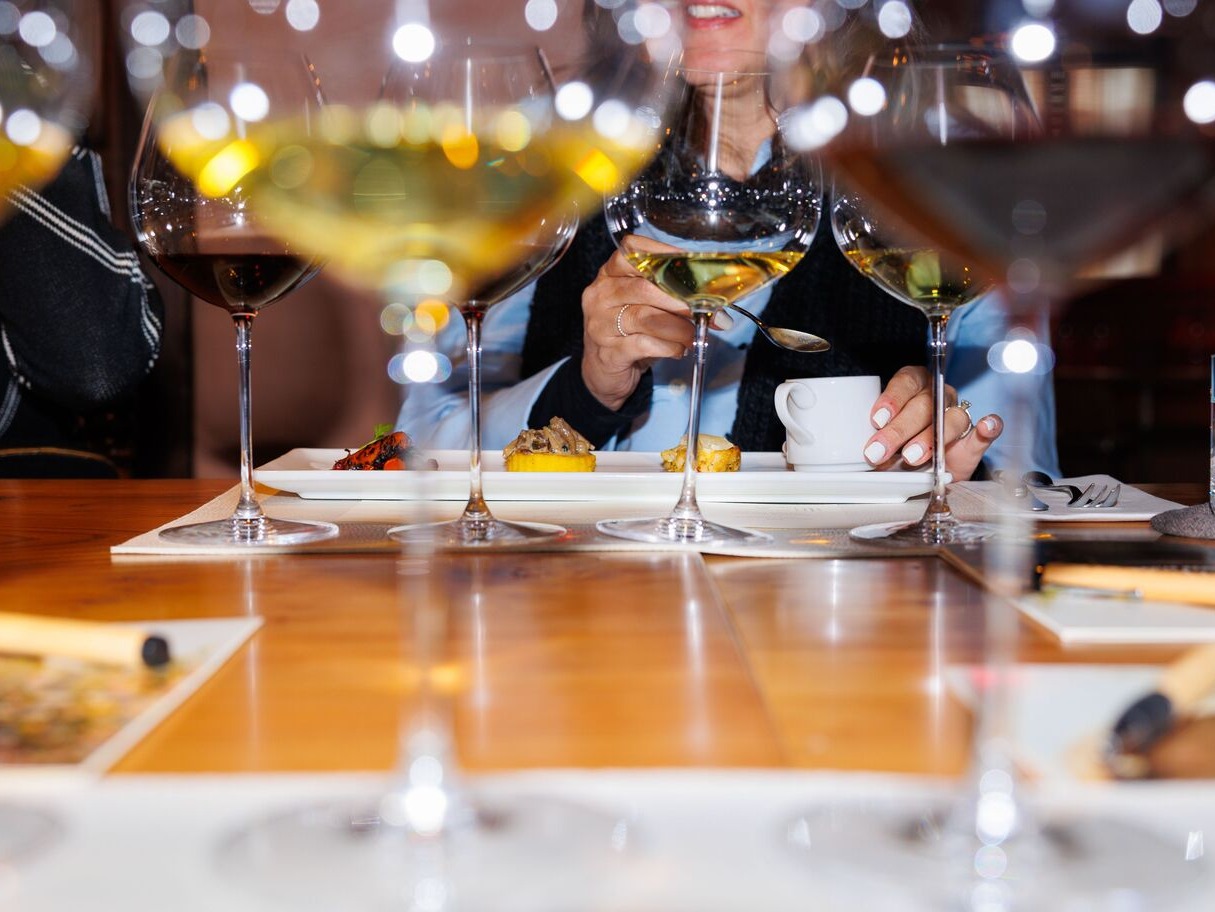
Curating Unforgettable Experiences in Wine Country
Today, Gourmet Food & Wine Tours offers a range of experiences that combine culinary excellence with the rich nature and history of Northern California’s wine country. Renée has meticulously crafted each tour to showcase not only the flavors of the region but also the stories behind them. All of her experiences balance eating with walking! Here are some of the standout experiences that have made Gourmet Food & Wine Tours a favorite among locals and visitors alike:
Core Tours for the Last Decade Include: Sonoma Food & Wine Tour
Renée’s flagship tour is a deep dive into Sonoma’s colorful history and wine scene. In three hours, guests enjoy gourmet food and local wines while walking through and around the charming 10-acre Sonoma Plaza. Food includes shrimp tacos, freshly made pasta, eclectic Indian offerings, organic olive oil and locally-made, specialty chocolate. ”I love sharing the vault of knowledge I have researched about Sonoma with visitors from all over,” Renée said. “From Sonoma Plaza being the birthplace of CA to the rich agricultural farm and food movement, you cannot beat it.
Sausalito Food & Wine Tour
Set against the stunning backdrop of the San Francisco Bay, this four-course experience includes locally sourced dishes like a West Marin cheese plate, clam chowder, Italian gnudi, and huckleberry bread pudding — each paired with both local and international wines. "This tour is really special because of the view and the flavors," Renée explained. "You’re sitting there with an incredible glass of wine, looking at the Golden Gate Bridge — it doesn’t get better than that."
Napa Food & Wine Tour
This experience invites guests to explore the rich history of Napa while indulging in a variety of local dishes and fine wines. We enjoy fare from both Michelin mentioned restaurants and celebrity chefs alike. With foods like greek saganaki, ceviche, ravioli, duck-Bahn mi sandwiches and chocolatey desserts - it is a crave-able tour people tend to want to repeat.
Yountville Food & Wine Tour
Nestled in the heart of the Napa Valley, Yountville offers a mix of world-class dining and intimate wine tasting experiences. This elevated tour showcases Michael Chiarello’s legendary Bottega, and a handful of other hard-to-get into restaurants in this strictly foodie town. Book this experience when you want to learn all about The French Laundry and the different restaurants by Chef Thomas Keller. All four tours visit restaurants and tasting rooms, offering enough food to comprise lunch or dinner in four sit-down locations. With each gourmet plate, the guest will receive a half a glass of wine. For non-drinkers, most spots have non-alcoholic wine and mocktails. This progressive format — which seamlessly blends dining and wine tasting — is what has helped bring Renée’s tours to their current status. Much of this success is due to the wonderful partners she collaborates with in each location. "I am incredibly grateful for the amazing partners and supporters who help make these tours possible," Renée shared. "Their dedication to their craft and hospitality is what makes each experience so special. And, of course, I can’t thank my wonderful customers enough for their enthusiasm and love of what we do. Without them, none of this would be possible."
ALL NEW Taste Napa, Culinary Institute and Oxbow Market Foodie Tour
A more food-focused experience, the Napa tour highlights the culinary magic of Oxbow Market and the Culinary Institute of America at Copia. Guests sample sensational bites, learn about local hot spots, and discover history relating to Julia Child, Robert Mondavi and Chuck William of William-Sonoma
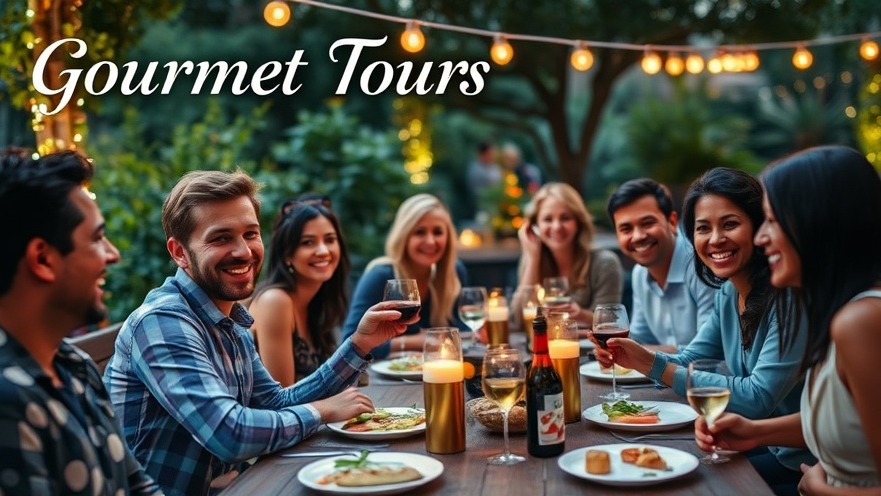
Farm-to-Table Brunch and Hike Sonoma Escape
This tour combines Renée’s love for the outdoors with her passion for food and wine. Guests enjoy a farm-to-table brunch, followed by a guided hike up a prominent Sonoma hill. "It’s the perfect mix of nature and healthy eating," Renée said. "You eat a scrumptious brunch then move your body, take in views, and learn more about the topography and wildlife that frames Sonoma Valley.”
"Hidden in Plain Sight" Tour in Sonoma:
Explore Historic Architecture as a Fine Wine Collector This architectural, design, and historical tour uncovers high ranking wine in fascinating and historical dwellings on or near the Sonoma Plaza. Guests visit hidden tasting rooms and hear the stories behind them while enjoying a gourmet lunch between luxurious flights of wine. This private experience is customizable between visiting 2-4 premium tasting properties.
Overcoming Challenges and Staying Inspired
Running a food and wine tour business in wine country isn’t without its challenges. Seasonal slowdowns, shifting tourism patterns, and natural disruptions like wildfires have all tested Renée’s resilience. But through it all, she’s remained focused on delivering exceptional experiences. "There have been tough times — when the fires happened, it was devastating," Renée said. "But people still want to come to wine country. They still want to connect over food and wine. That’s what keeps me going." Marketing has been non-existent, as I have never had the budget. Word-of-mouth, online reviews, and hiring my talented daughter for all-things-visual at the end of last summer have all played a part in growing the business. "The key is creating an experience that people want to repeat," Renée shared. "If someone has an amazing time, they’re going to tell their friends and re-book. That’s more powerful than any ad."
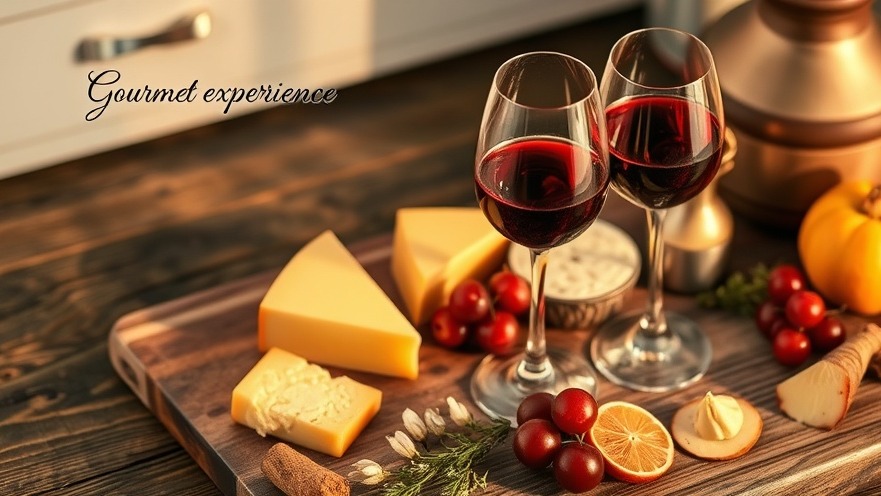
Why Gourmet Food & Wine Tours Stands Out
What truly sets Gourmet Food & Wine Tours apart is Renée’s dedication to weaving in education about biodynamic wine and food into every tour. Guests not only learn about biodynamic farming practices and how they shape the quality of wine and food, but they also receive practical, fun takeaways that can be used throughout their trip — and back home. "We make sure to educate our guests on biodynamic farming practices used by many of the wineries we partner with," Renée explained. "We help them understand how this holistic approach to farming influences the flavors in their glass and on their plate.” They also learn to spot healthy vineyards as well as the ones that are using pesticides. Another key element of what makes Gourmet Food & Wine Tours stand out is the amazing partnerships Renée has built with local restaurants, chefs, tasting rooms, and winemakers. They are the true heart of the tour experiences. Without their dedication to hospitality and passion for their craft, these tours would not be possible. "We are incredibly grateful to the chefs, owners, staff, and winemakers who make these experiences unforgettable," Renée shared. "It’s because of them that we’re able to offer such unique, high-quality experiences to our guests. They’re the ones who bring the flavors to life and make every tour something special."
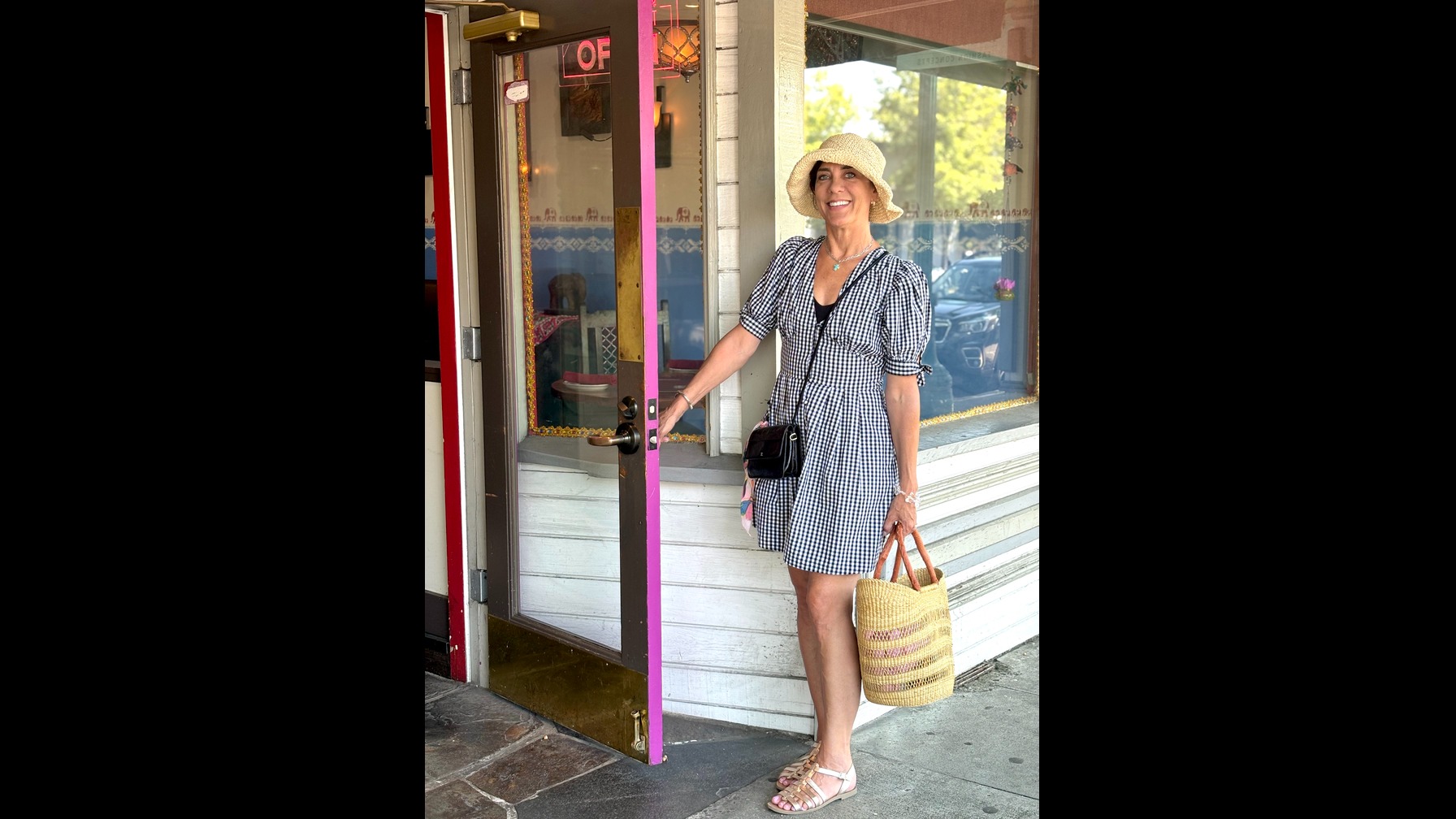
Ready to Experience Wine Country Through Renée’s Eyes?
If you’re looking for a way to explore Northern California’s wine country that goes beyond the typical tasting room, Gourmet Food & Wine Tours offers the perfect blend of flavor, history, and hospitality. Whether you’re a wine aficionado or just someone who loves great food, Renée’s tours provide a window into the heart of wine country.
Book a tour today and discover why Gourmet Food & Wine Tours is the perfect way to sip, savor, and explore.
 Add Row
Add Row  Add
Add 

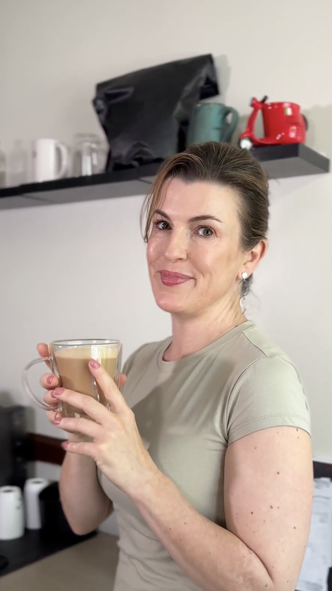
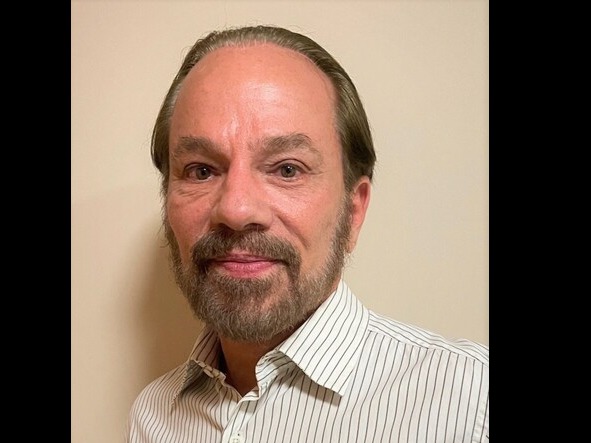
Write A Comment